JTF (just the facts): A group show consisting of a total of 31 photographic/video works made by 24 artists, variously framed and matted, and hung against white walls in a divided gallery space on the second floor of the museum. The works on view were drawn from the museum’s permanent collection.
The following works are included in the show:
- Mike Kelley: 1 set of 8 silver dye bleach prints, 1991
- Andy Warhol: 1 set of 6 stitched gelatin silver prints, 1986
- Samuel Fosso: 2 gelatin silver prints, 1976, 1975-1978
- Nikki S. Lee: 1 chromogenic print, 1999
- Cindy Sherman: 1 chromogenic print, 1981
- Grace Ndiritu: 1 video (color, sound), 7 minutes, 10 seconds, 2003
- Shigeyuki Kihara: 1 chromogenic print, 2004-2005
- Paul Outerbridge: 1 gelatin silver print, c1929
- Nadar: 1 salted paper print from a glass negative, 1862-1864
- Elisabeth Hase: 1 gelatin silver print, c1948
- Qualeasha Wood: 1 cotton jacquard weave with glass beads, 2021
- Lucas Samaras: 2 instant dye diffusion transfer prints (Polaroid SX-70), 1976
- Ellen Carey: 1 instant dye diffusion transfer print (Polaroid 20×24), 1987
- Doug Aitken: 1 chromogenic print, 1997/2004
- Debbie Grossman: 3 inkjet prints, 2009-2010
- Hong Hao: 1 chromogenic print, 1998
- Justine Cooper: 1 MRI scan films on Plexiglas, 1998
- Adrià Julià: 1 lenticular print, 2014
- Dennis Oppenheim: 1 set of gelatin silver prints, chromogenic prints, graphite, 1970-1975
- Hai Bo: 4 chromogenic prints, 2001-2003
- Weng Fen: 1 chromogenic print, 2001
- VALIE EXPORT: 1 gelatin silver print with applied color, 1976
- Tom Friedman: 1 chromogenic print, 1998
- Gilbert & George: 1 set of 35 hand colored gelatin silver prints, 1987
(Installation shots below.)
Comments/Context: The idea of using photography as a method for constructing or altering identity is almost as old as the medium itself. Once a camera could reliably make a portrait (or self-portrait), artists and their subjects quickly moved on to creating and capturing different versions of themselves, either as playful games of costuming or as more serious investigations of personality. In the years since, photographers of all kinds have deepened and broadened that straightforward impulse, exploring how the medium could expand to handle nuances and complexities of gender and sexual orientation, as well as the aspirational subtleties of alternate identities and variant personas.
As a curatorial framework, this aspect of photography isn’t particularly new or groundbreaking, but at a cultural moment when society is becoming more accepting of a wider range of ways of presenting ourselves, it does offer an opportunity to both dig out some old photographic gems and place them in conversation with some newer photographic expressions of individuality.
Qualeasha Wood’s massive tapestry is the centerpiece of this exhibit, installed on the dividing wall that faces the show’s entrance. Made just last year from photographic imagery fed into a jacquard loom, it’s the freshest piece in the show. In it, Wood portrays herself as a webcam star (“young hot ebony”), her face multiplied out into a swirl of cascading windows and pixelated fragments. Wood then twists this persona with the introduction of Catholic iconography, turning the sexualized identity back toward a Madonna-like role. Taking form as a tactile piece of textile art, the work smartly plays with different kinds of fetishization, setting competing identities against one another.
The theme of using costuming (including clothing, wigs, makeup, and other accessories) to construct alternate identities is broadly developed here, hitting familiar highlights like Nadar mixing indigenous attire and a massive monarchical wig, Andy Warhol in his fright wig (stitched into a repetitive grid), Samuel Fosso in a funky sailor’s suit and sunglasses, and Cindy Sherman looking wide-eyed and vulnerable lying on the floor. More recent examples include the Samoan photographer Shigeyuki Kihara’s dual portrait simultaneously presenting two gendered versions of himself and Grace Ndiritu’s hypnotic video where a single strip of fabric enables a sweep of possible identifiers, from a turban to a veil and beyond.
Another group of works roots itself more deeply in the transformative properties of the photographic process, using interventions of various kinds to interrupt or modify the personas being presented. Ellen Carey uses colored light and flare patterns to distort and conceal her face, while Tom Friedman digitally stretches his full length portrait into a horizontally-striped abstraction. And Hong Hao and Debbie Grossman both use clever digital manipulation to rework (and undermine) existing images, alternately inserting themselves into promotional imagery (to satirize the self-centered excesses depicted there) and changing the faces of archival photographs (to reimagine the dynamics a female-only homesteader community).
Still others respond to their surroundings as a way to define themselves. Gilbert & George pose atop the rubbish strewn streets of 1980s London, Valie Export curls her body around a concrete curb, Mike Kelley places his own face among a parade of stuffed animals, and Hai Bo revisits the same place as the seasons change. In each case, personal identity is defined within or in relation to a particular context.
And a few artists take a more scientific approach when making their mark. Justine Cooper uses the slices of an MRI scan (printed on transparent sheets of Plexi) to rebuild a shifting version of her own three-dimensional head, while Dennis Oppenheim uses the whorls of his own fingerprints as the pattern for a land art installation. In these works, single body parts become stand-ins for the presence of the whole, centering identity in fragments of the self.
As an easy-to-digest sampler of photographic inventiveness, this show gets the job done without delving too deeply or taking too many provocative risks. Those who wander into these galleries in search of a quick dose of contemporary photography will be rewarded with a straightforward lesson on how photography can be used to shape identity. If a decent percentage of visitors to the museum came away with that single durable insight, the show will have met its goals.
Collector’s POV: Since this is a museum exhibition, there are of course no posted prices, and given the number of artists included in the show, we will forego our usual discussion of individual gallery representation relationships and secondary market histories.
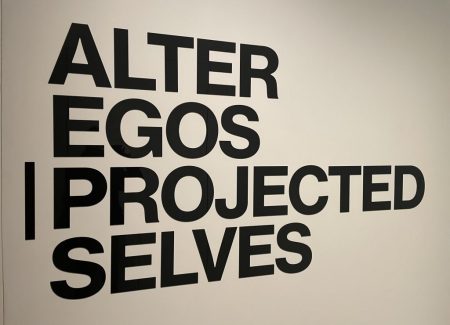
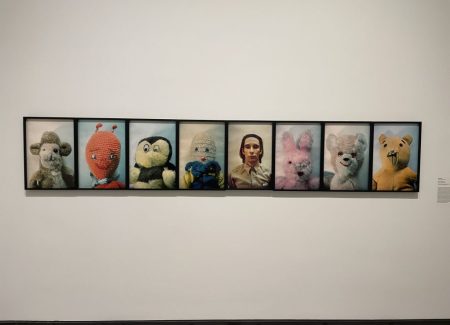
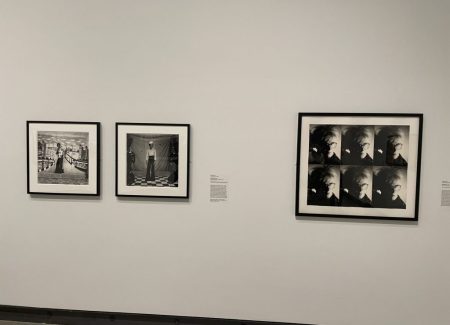
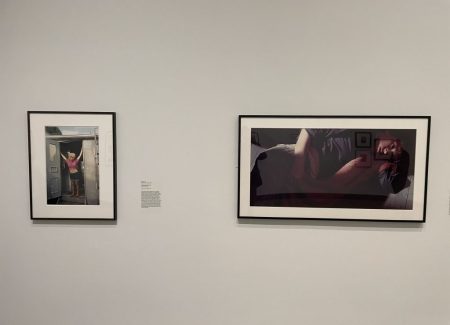
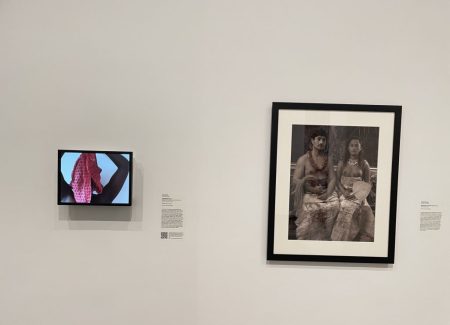


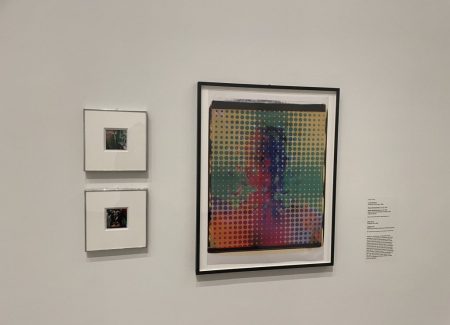
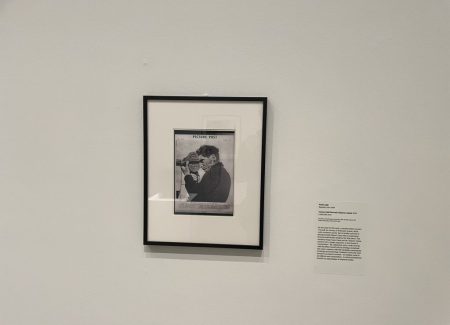
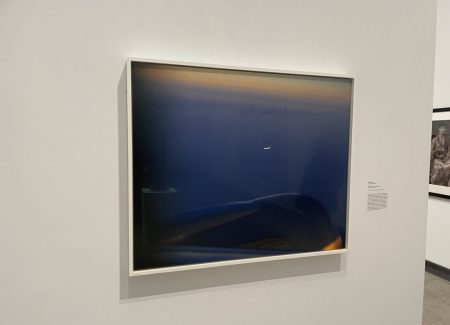
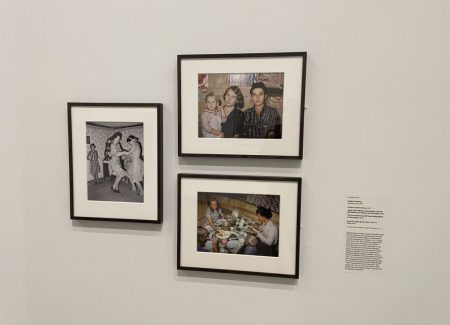


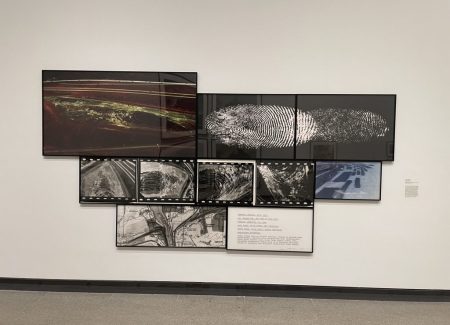
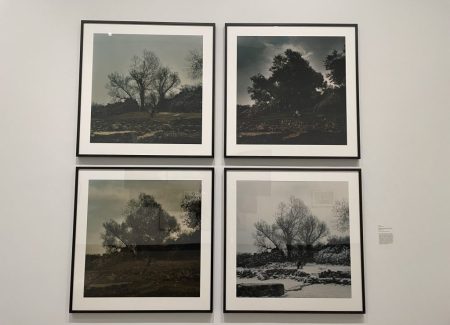
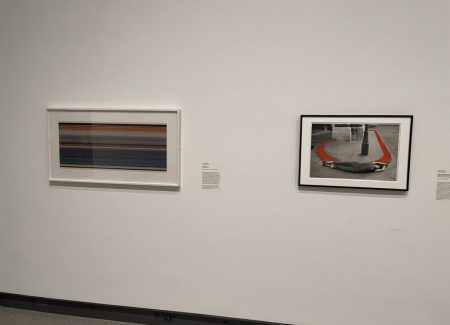
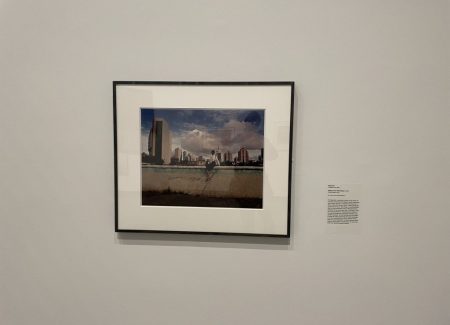
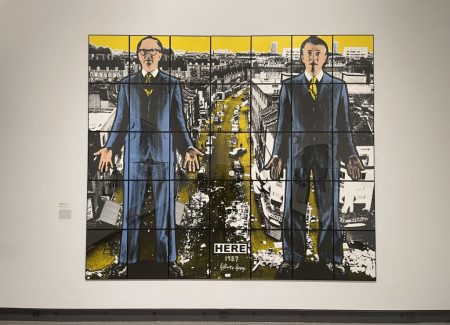





Dear Loring,
Thank you for reviewing the group exhibition “Alter Egos/Projected Selves” at The Met, which includes one of my early Polaroid 20 X 24 “Self-Portrait” (1987) from that series (1983-1988).
I appreciate the installation images as well, hopefully will get to see it myself soon.
All the best in these challenging times,
Ellen
http://www.ellencareyphotography.com
Wikipedia